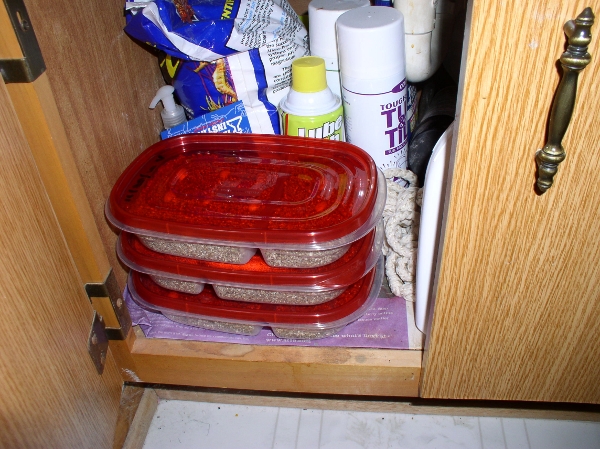fluxlizard
Avid Member
dunno- I've never checked it.
I would guess it is near 100% because hazy condensation appears on the sides of the containers...
Maybe someone else who has checked better answer this one for you. My method works perfectly for me hundreds and hundreds of times, so I never worried about exact humidity levels...
I would guess it is near 100% because hazy condensation appears on the sides of the containers...
Maybe someone else who has checked better answer this one for you. My method works perfectly for me hundreds and hundreds of times, so I never worried about exact humidity levels...


